A special partnership collaboration to deliver




“There are two kinds of designers, those with signal-integrity problems and those that will have them.”
on a white board at a large systems company
Examples of Design Issues Addressed During the Course
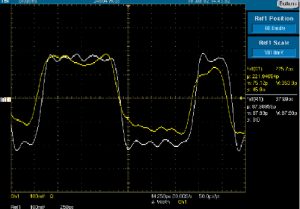
Amplitude Problems
Amplitude problems include
ringing (oscillation), “droop” (decreased amplitude at the start of a pulse), and “runt” pulses (those which don’t reach full amplitude).
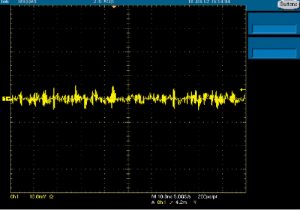
Ground Bounce
Ground bounce, caused by excessive current draw (and/or resistance in the power supply and ground return paths), can cause a circuit’s ground reference level to shift when current demands are high.
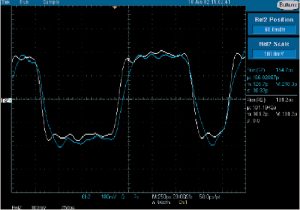
Edge Aberrations
Edge aberrations can result from board layout problems or from improper termination or even quality problems in the semiconductor devices.
Aberrations can include preshoot, rounding, overshoot, ringing, and slow rise time.
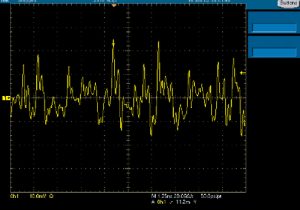
Crosstalk
Crosstalk can occur when long traces running next to each other couple their signals together through mutual capacitance and inductance.

Reflections
Reflections can be caused by termination and board layout problems, where the outgoing signal bounces back toward its source and interferes with subsequent pulses.
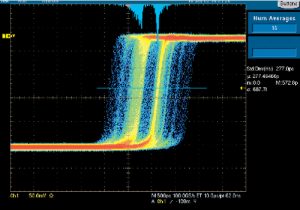
Jitter
Jitter is defined as edge placement variations from cycle to cycle. Some important causes of jitter are noise, crosstalk and timing instability. This can affect timing accuracy and synchronization throughout a digital system.
Course Structure
Apart of the theory, the course includes SIP measurements, demos and “hands on” experience and simulation, demo and practicing, in a computer classroom
The course cannot be complete without all the three parts
Course Overview
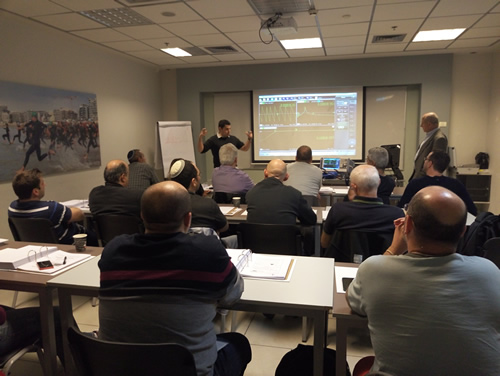
Signal Integrity Measurements
Demos and Hand-On Experience
Using the world’s most advanced equipment

Lab tests:
- Power measurements by several detectors (incl. peak, ave. and RMS)
- Sensitivity measurements (for QAM and Pulse signals) with averaging (using varying BV and screens averaging)
- Phase noise measurement of a frequency source
- Measurement of NF (of an amplifier and SSBNF of a mixer)
- Peak-to-Average measurement (PAPR)
- Measurement of third-order intercept point (IP3) and SFDR
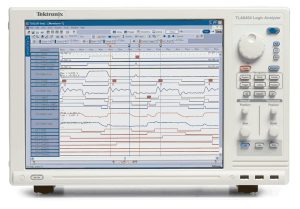
Lab tests:
- Basic calibration
- Improved calibration (suitable for reject band of filters)
- Measurement of BPF (S-parameters, Phase and delay response)
- Measurement of an Amplifier (AM/AM, AM/PM, 1dB comp., Harmonics)
- Measurement of load mismatch, and perform Single-Stub matching
- …
- …

Lab tests:
- Perform a broadband calibration (de-embedding)
- EVM tests
- Measurement of I-Q imbalance and IR (image-rejection)
- BER measurement
- Measurement PAPR of a detailed-QAM-constellation
- Measurement of BW and ACPR
- Measurement of emission mask-compliance for a WCDMA signal without and with an amplifier

Lab tests:
- Power measurements by several detectors (incl. peak, ave. and RMS)
- Sensitivity measurements (for QAM and Pulse signals) with averaging (using varying BV and screens averaging)
- Phase noise measurement of a frequency source
- Measurement of NF (of an amplifier and SSBNF of a mixer)
- Peak-to-Average measurement (PAPR)
- Measurement of third-order intercept point (IP3) and SFDR
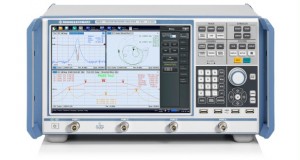
Lab tests:
- Basic calibration
- Improved calibration (suitable for reject band of filters)
- Measurement of BPF (S-parameters, Phase and delay response)
- Measurement of an Amplifier (AM/AM, AM/PM, 1dB comp., Harmonics)
- Measurement of load mismatch, and perform Single-Stub matching
- …
- …

Lab tests:
- Perform a broadband calibration (de-embedding)
- EVM tests
- Measurement of I-Q imbalance and IR (image-rejection)
- BER measurement
- Measurement PAPR of a detailed-QAM-constellation
- Measurement of BW and ACPR
- Measurement of emission mask-compliance for a WCDMA signal without and with an amplifier
Leading RF and Microwave Trainer
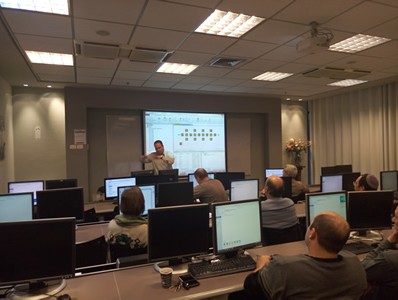
Microwave and RF design using Simulation software. Session conducted in a fully equipped computer class and includes practical hands on practicing

A series of thorough and broad hands-on tests accomplished with advanced state-of-the-art laboratory equipment
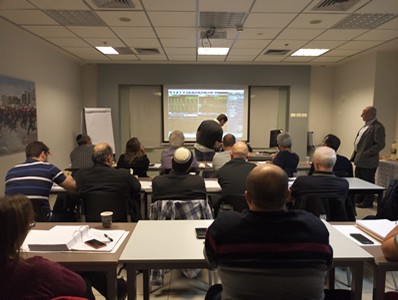
Spacious classroom, Well equipped, Pleasant atmosphere. Coffee and refreshments , Easy access location, Free parking






